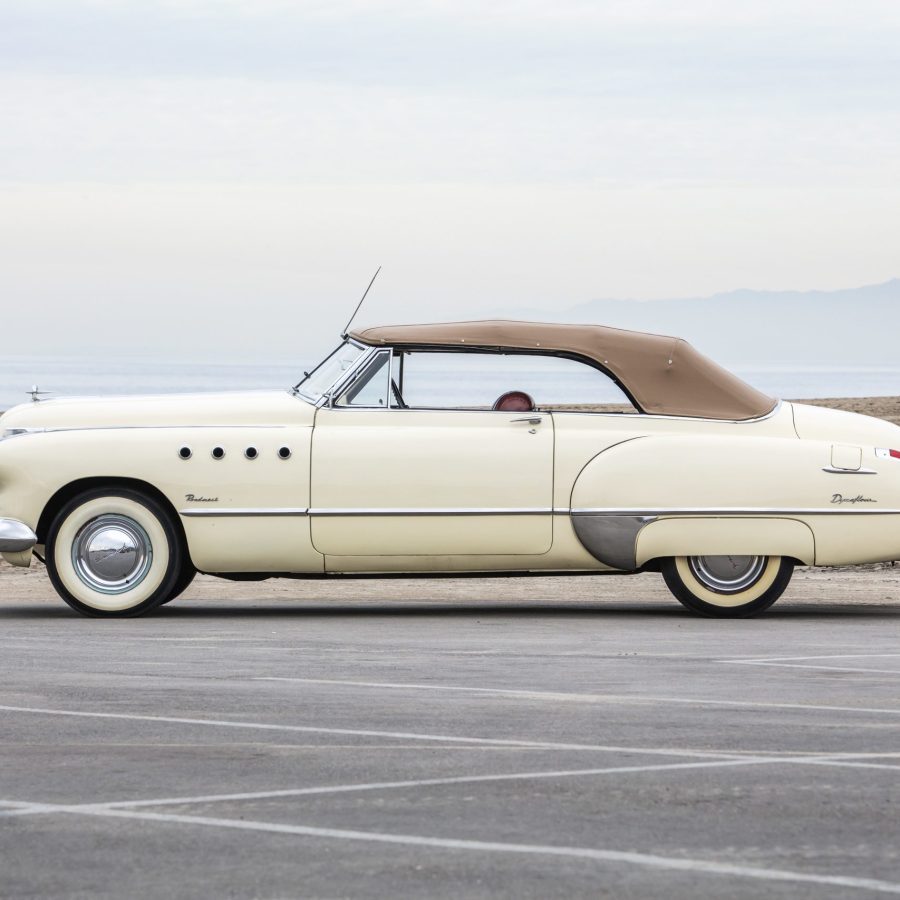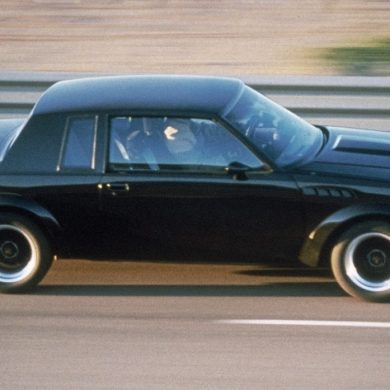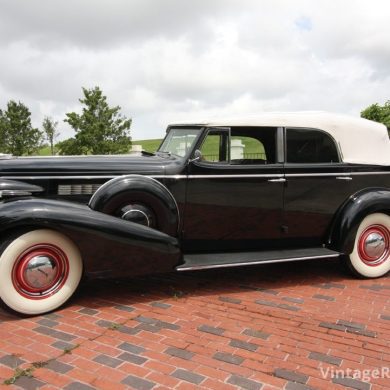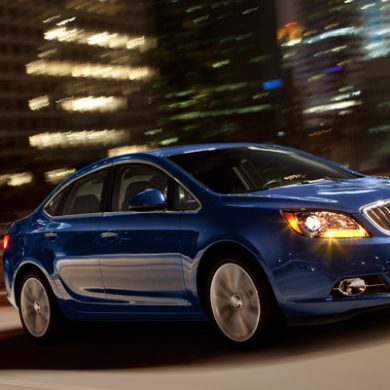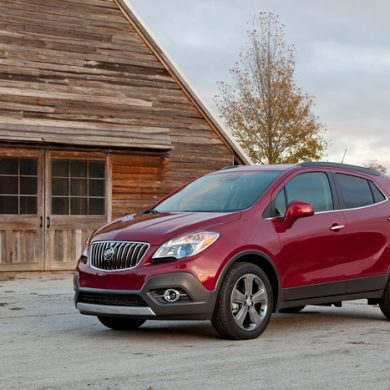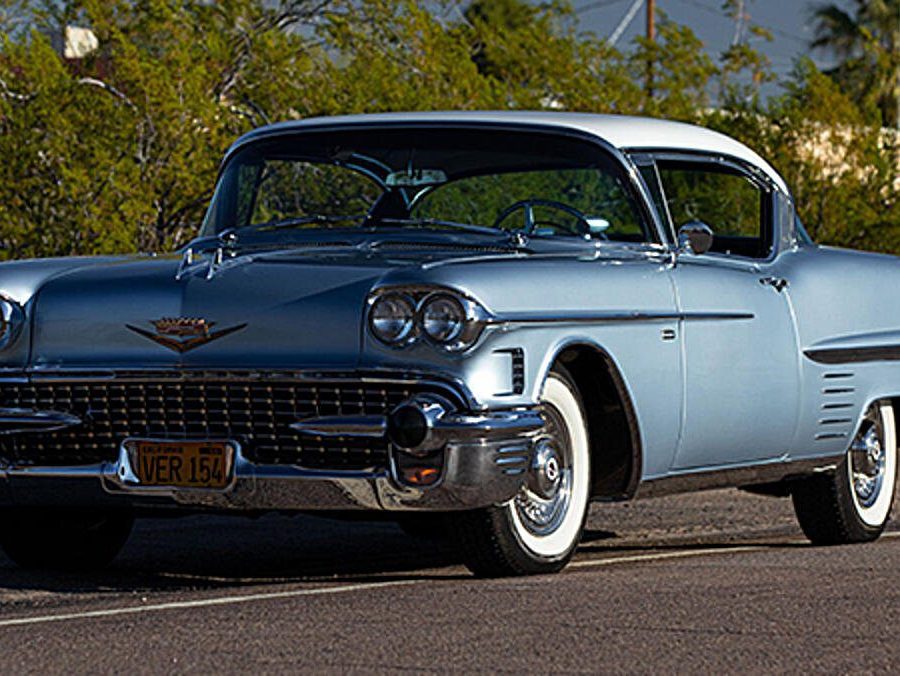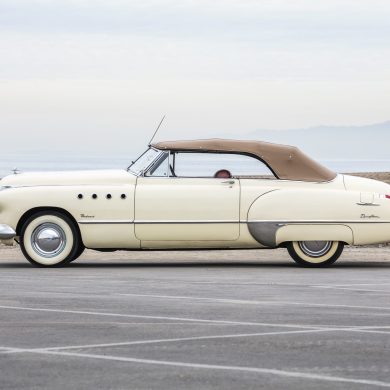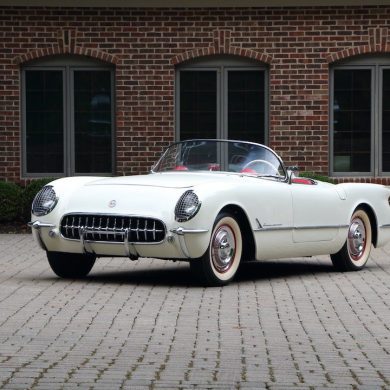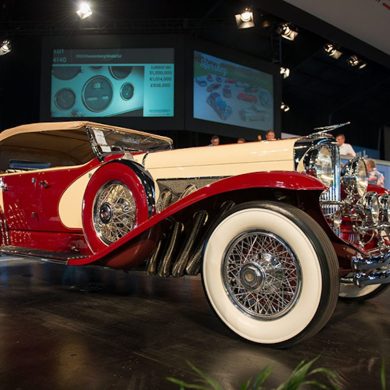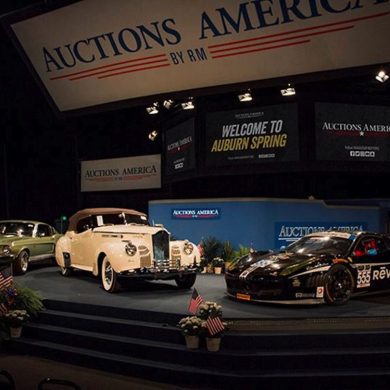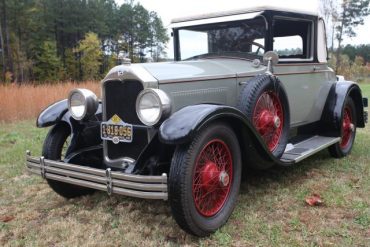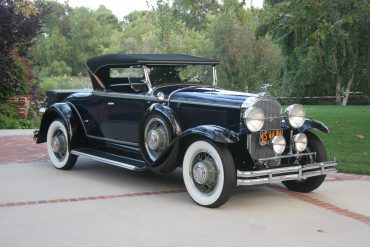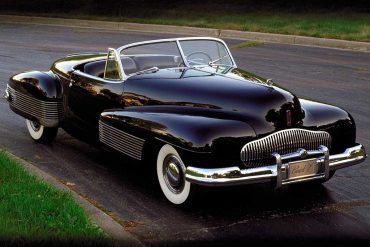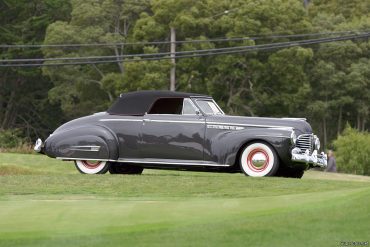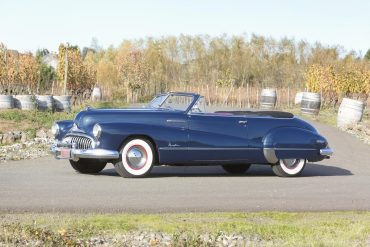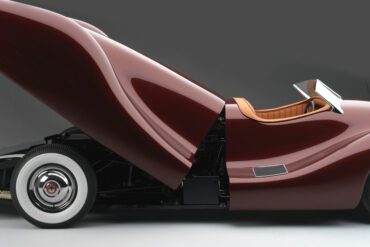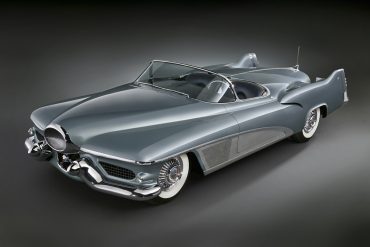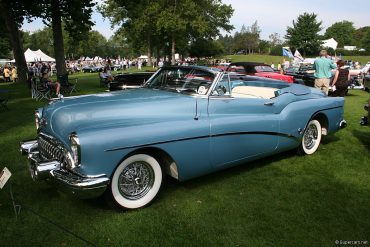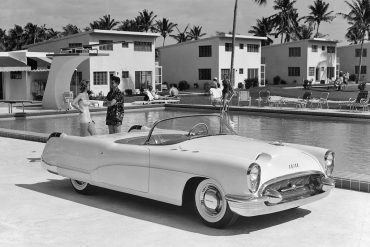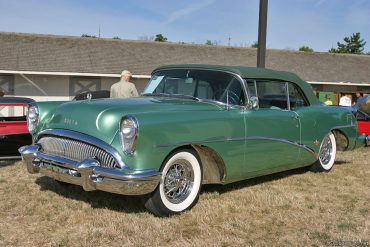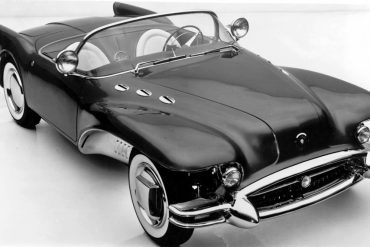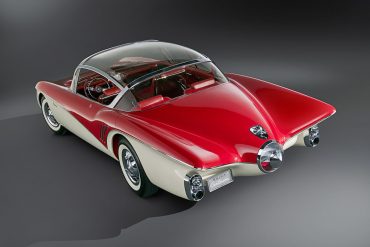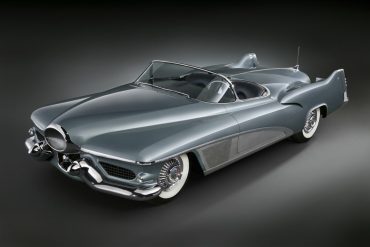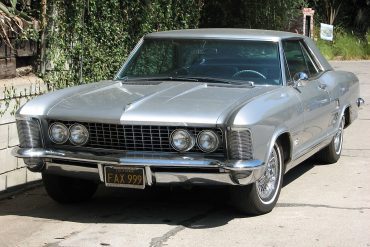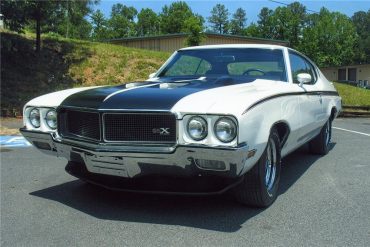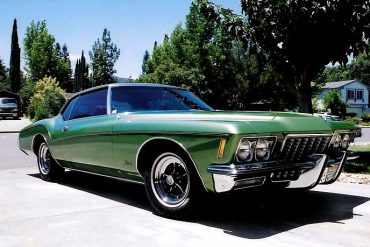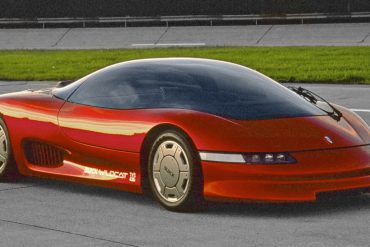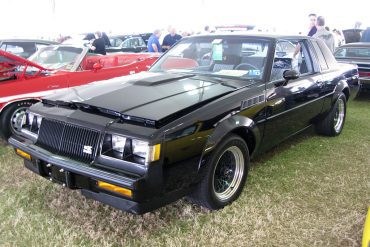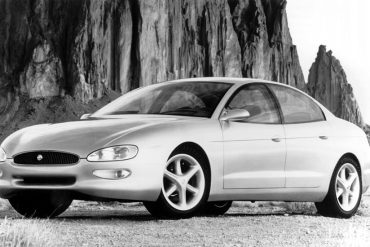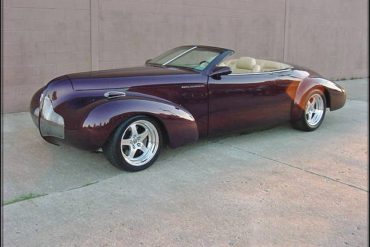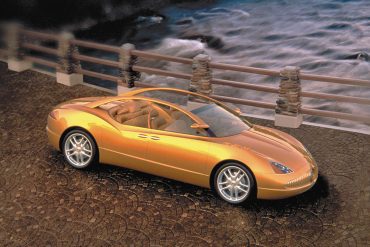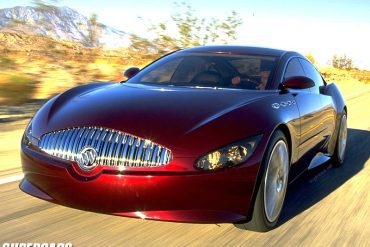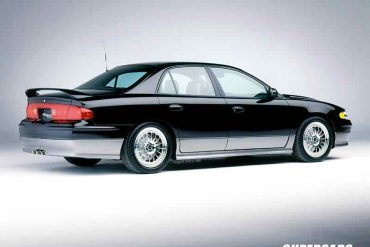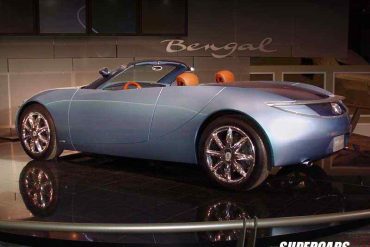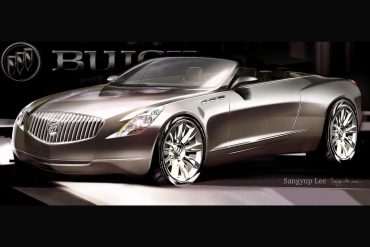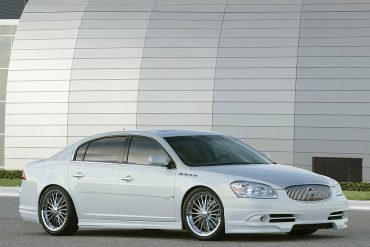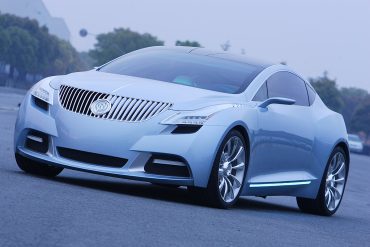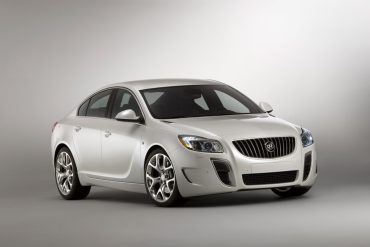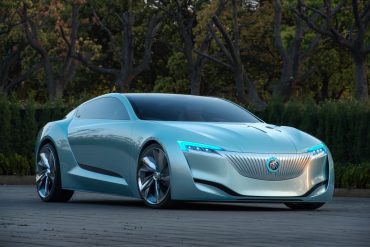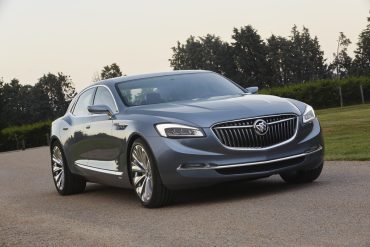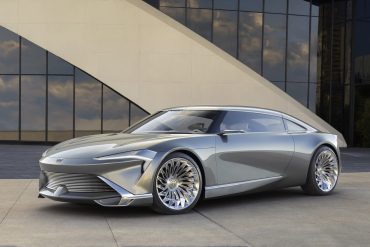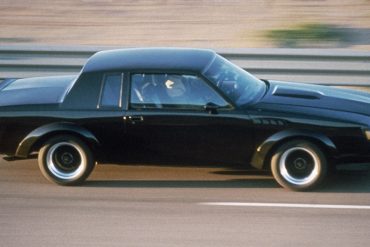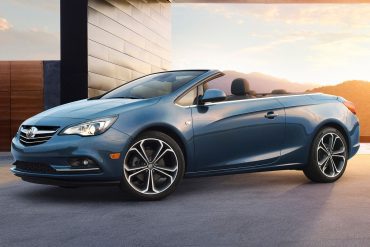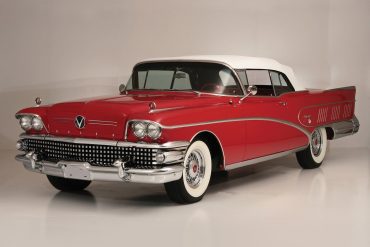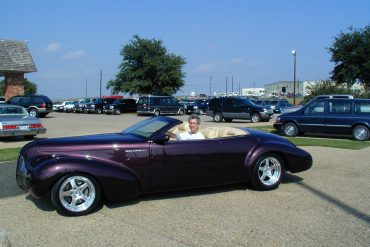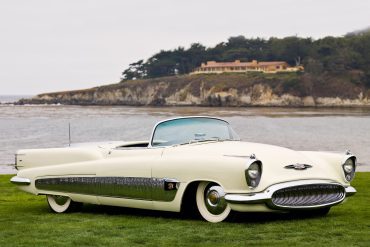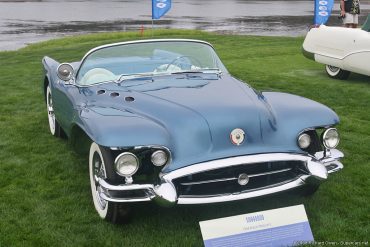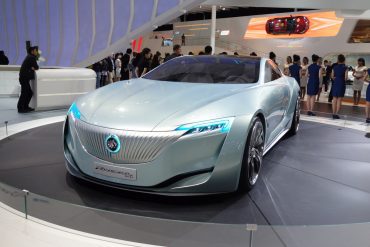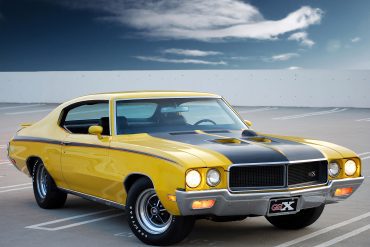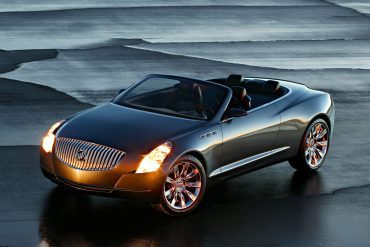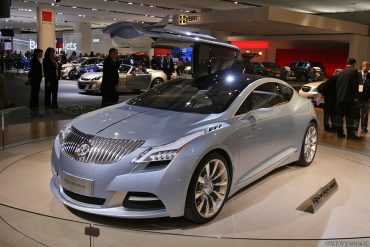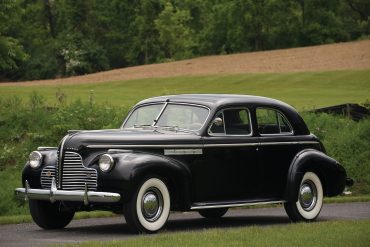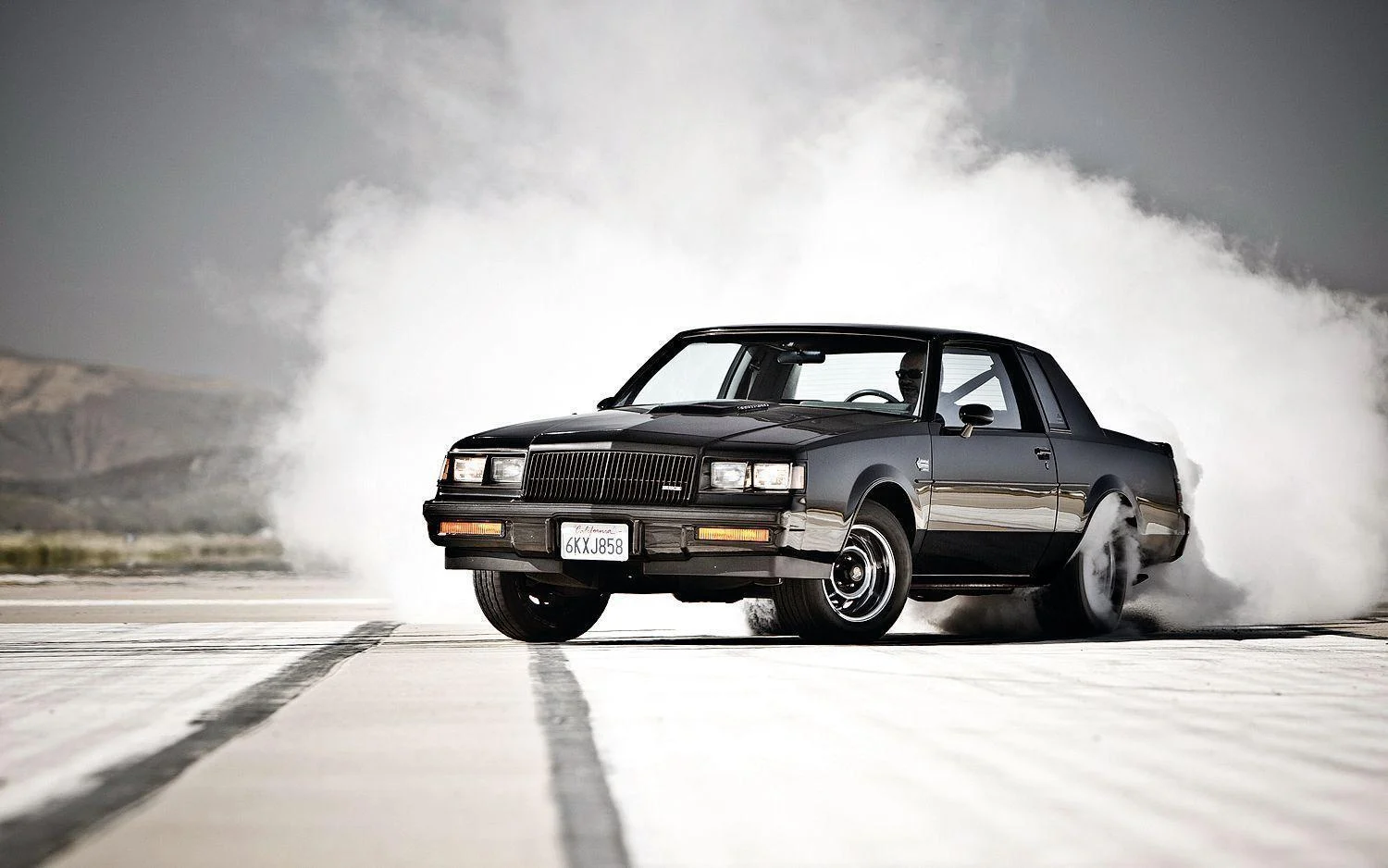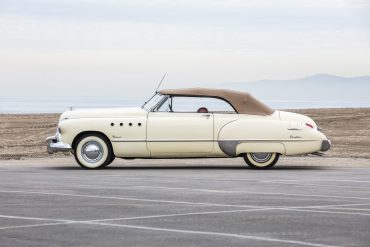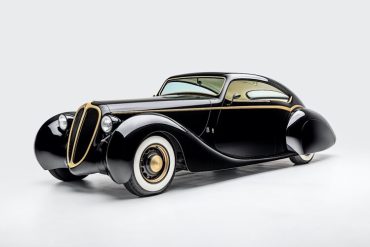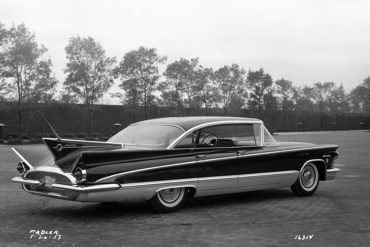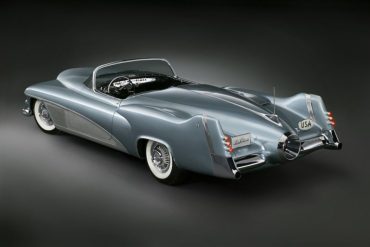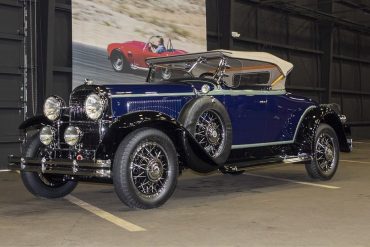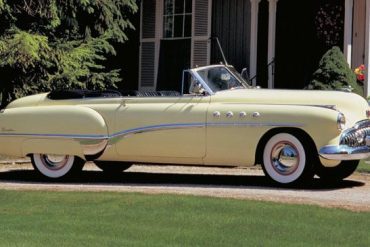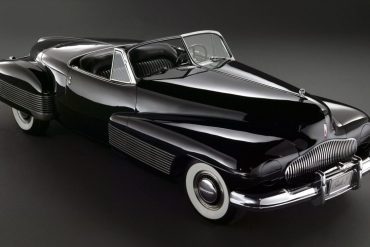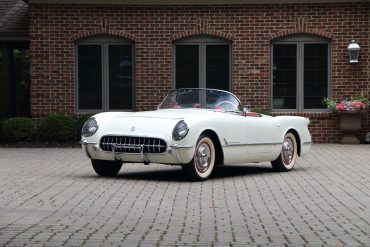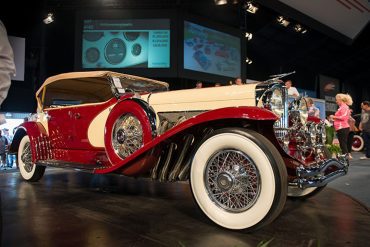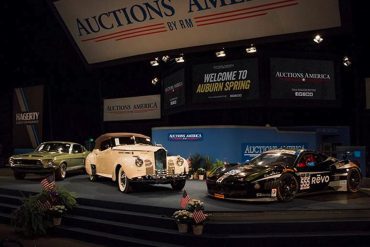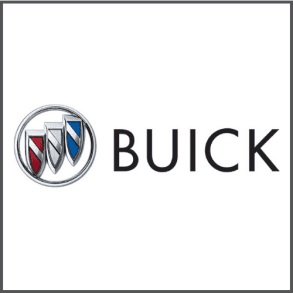
Buick
Research, History, Reviews, Media & More
Introduction / Featured Stories / The Market / Model Guides / Images & Videos / News & Updates
Buick: A Century of American Automotive Excellence
Buick is one of the most storied names in the American automotive industry, known for its rich history, innovative engineering, and a lineup of cars that have symbolized luxury and performance for over a century. From its founding in the late 19th century to its current status as a global brand under General Motors, Buick has consistently pushed the boundaries of automotive design and technology. This post explores the origins of Buick, its evolution through the decades, the iconic models that have defined its legacy, and the milestones that have marked its journey as a leading car brand.
The Founding Vision: David Dunbar Buick
Buick was founded in 1899 by David Dunbar Buick, a Scottish-American inventor and entrepreneur. Originally established as the Buick Auto-Vim and Power Company in Detroit, Michigan, the company initially focused on producing engines for agricultural and marine applications. However, David Buick’s passion for automobiles soon led him to shift the company’s focus to car manufacturing, and in 1903, the company was reorganized as the Buick Motor Company.
One of Buick’s most significant early innovations was the development of the overhead valve (OHV) engine, a technology that provided better performance and efficiency compared to the side-valve engines used by most other manufacturers at the time. This innovation set the stage for Buick’s future success and established the brand as a leader in automotive engineering.
The Evolution of Buick: A Legacy of Innovation and Luxury
Buick’s journey from a small engine manufacturer to a global automotive brand is marked by a series of key developments and innovations:
Joining General Motors (1908):
In 1908, Buick became the cornerstone of General Motors (GM) when it was acquired by William C. Durant, the founder of GM. Buick’s strong sales and reputation for quality made it the backbone of GM, helping to establish the conglomerate as a dominant force in the automotive industry. Buick quickly became known for its reliability, performance, and luxury, appealing to a growing market of middle- and upper-class consumers.
Introduction of the "Valve-in-Head" Engine (1904-1908):
Buick’s use of the overhead valve (OHV) or "valve-in-head" engine in its early models set it apart from competitors. This engine design allowed for better airflow and combustion, leading to increased power and efficiency. The OHV engine became a hallmark of Buick’s engineering prowess and was a key factor in the brand’s early success.
The Birth of the Buick VentiPorts (1949):
In 1949, Buick introduced one of its most recognizable design features: the "VentiPorts." These small, round portholes on the sides of the car's front fenders were initially functional, helping to ventilate the engine bay, but later became a purely decorative element. The number of VentiPorts often indicated the number of cylinders in the engine, and they quickly became a signature of Buick’s design language.
The Riviera: A Personal Luxury Icon (1963-1999):
The Buick Riviera, introduced in 1963, became one of the most iconic American personal luxury cars. With its sleek, European-inspired design and powerful performance, the Riviera was a significant departure from Buick's traditional styling and remains a classic today. Over its production run, the Riviera evolved through several design phases, each one reflecting the changing tastes and technologies of the time.
The Buick Regal and the GNX: A Muscle Car Legend (1973-1987):
The Buick Regal, introduced in 1973, became a versatile platform for both luxury and performance models. The 1987 Buick GNX, a high-performance version of the Grand National, is one of the most revered muscle cars of the 1980s. Developed in collaboration with McLaren Performance Technologies/ASC, the GNX featured a turbocharged V6 engine that produced 276 horsepower, making it one of the fastest cars of its time. The GNX’s legendary status continues to make it a sought-after collector’s item.
Innovation in Safety: The Airbag Pioneer (1974):
Buick was one of the first American car brands to offer an airbag as an option in its cars. The 1974 Buick Electra was among the first vehicles to feature a driver-side airbag, highlighting Buick's early commitment to automotive safety. This innovation was part of a broader trend toward making cars safer for drivers and passengers alike.
The Buick Enclave: Modern Luxury and Utility (2007-Present):
In the 21st century, Buick has continued to innovate with models like the Buick Enclave, a luxury crossover SUV introduced in 2007. The Enclave combines Buick’s traditional focus on comfort and luxury with modern amenities and advanced technology, making it a popular choice in the growing SUV market.
Special Milestones and Achievements
Buick’s history is marked by several significant milestones and achievements that have had a lasting impact on the automotive industry:
Pioneering the Overhead Valve Engine: Buick’s early adoption of the overhead valve (OHV) engine set new standards for performance and efficiency, influencing engine design across the automotive industry.
Introducing the Touchscreen Interface: The 1986 Buick Riviera was the first production car to feature a touchscreen interface, known as the "Graphic Control Center." This early infotainment system allowed drivers to control climate settings, radio, and trip information through a monochrome touchscreen, foreshadowing the digital dashboards of today.
Leading the Charge in China: Buick has become one of the most popular and respected car brands in China, with sales in the country outpacing those in the United States. Buick’s long-standing presence in the Chinese market dates back to the early 20th century, and the brand has become a symbol of success and prestige in the country.
Dominating NASCAR: Buick was a dominant force in NASCAR during the 1980s, particularly with its Regal model. The Regal, equipped with powerful V8 engines, won multiple championships and was a favorite among drivers for its speed and reliability on the track.
The Enduring Legacy of Buick
Buick’s legacy is one of innovation, luxury, and a commitment to delivering high-quality vehicles that cater to a diverse range of drivers. From its early days as a pioneer of engine technology to its modern role as a global brand, Buick has consistently pushed the boundaries of what is possible in automotive design and engineering.
Today, Buick continues to evolve, embracing new technologies and expanding its global reach. Whether through its stylish and efficient road cars or its high-performance racing machines, Buick remains a symbol of American automotive excellence and a key player in the global automotive landscape.
Buick Basics
Formerly: Buick Auto-Vim and Power Company (1899–1903), Buick Motor Company (1903–1908)
Company type: Division
Founded: Dec 1899
Founder: David Dunbar Buick
Headquarters: Detroit, Michigan, U.S.
Parent: General Motors
Did You Know
Buick is one of the oldest automobile brands in the world, founded in 1899 by David Dunbar Buick in Detroit, Michigan. It became the cornerstone of General Motors (GM) when GM was founded in 1908.
Buick was the first automaker to use an overhead valve (OHV) engine, a technology that became a standard in the industry. The overhead valve design, introduced in 1904, provided better performance and efficiency compared to the side-valve engines used by most other manufacturers at the time.
Buick is credited with introducing the first turn signals as a standard feature on their cars in 1939. This innovation greatly improved road safety and has since become a standard feature in all vehicles.
The Buick Riviera, introduced in 1963, became one of the most iconic American personal luxury cars. With its sleek, European-inspired design and powerful performance, the Riviera was a significant departure from Buick's traditional styling and remains a classic today.
The 1987 Buick GNX is one of the most revered muscle cars of the 1980s. Developed in collaboration with McLaren Performance Technologies/ASC, the GNX was a high-performance version of the Buick Grand National. With a turbocharged V6 engine producing 276 horsepower, the GNX could go from 0 to 60 mph in just 4.6 seconds, making it one of the fastest cars of its time.


